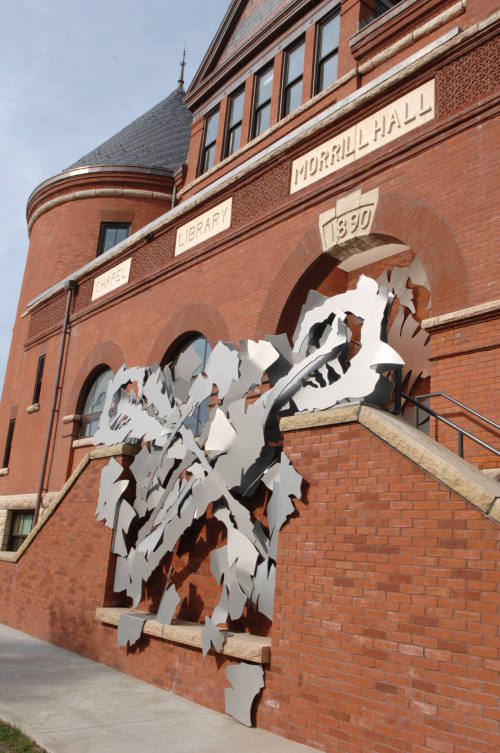
About the Art
Pieces of fragmented steel are amalgamated to form a sculpture installed on the outside of Morrill Hall. Albert Paley’s use of contemporary formed and fabricated stainless steel against the backdrop of the historic building of 1890 creates a gateway to education where visitors can reflect on their own transformations in life.
On Paley’s website, Paley Studios, he describes Transformation as “a beacon of growth, guiding viewers towards a renewed place of learning on campus. At Morrill Hall’s main portico, flanked on the north and south by a flight of steps, are the undulating, geometric steel planes. Transformation reaches out from the core of the building like an orchestra of inspiration greeting students, faculty, alumni, and visitors. A tangible metaphor of the building’s transformation from the historic campus structure to a contemporary art museum and learning center.”
About the Artist
Born in 1944, Albert Paley started his career as a jewelry maker and has now completed more than 50 site-specific installations. His work is displayed in multiple major museums, including his 1974 Portal Gates at the Renwick Gallery of the Smithsonian American Art Museum, which facilitated a major turning point in his career. It necessitated a new studio and equipment and his first employee and began his concentration on architectural ornamentation. In 1982, Paley became the first metal sculptor to receive the Lifetime Achievement Award from the American Institute of Architects.
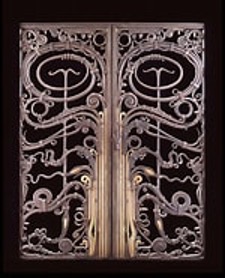
Portal Gates image from Smithsonian American Art Museum website.
For further adventures in DC, follow the article from The Washington Post to guide your trip.
When you visit St. Louis, make sure to stop by the St. Louis Zoo. Find animals and plants in Paley’s enormous sculpture greeting visitors to the zoo.
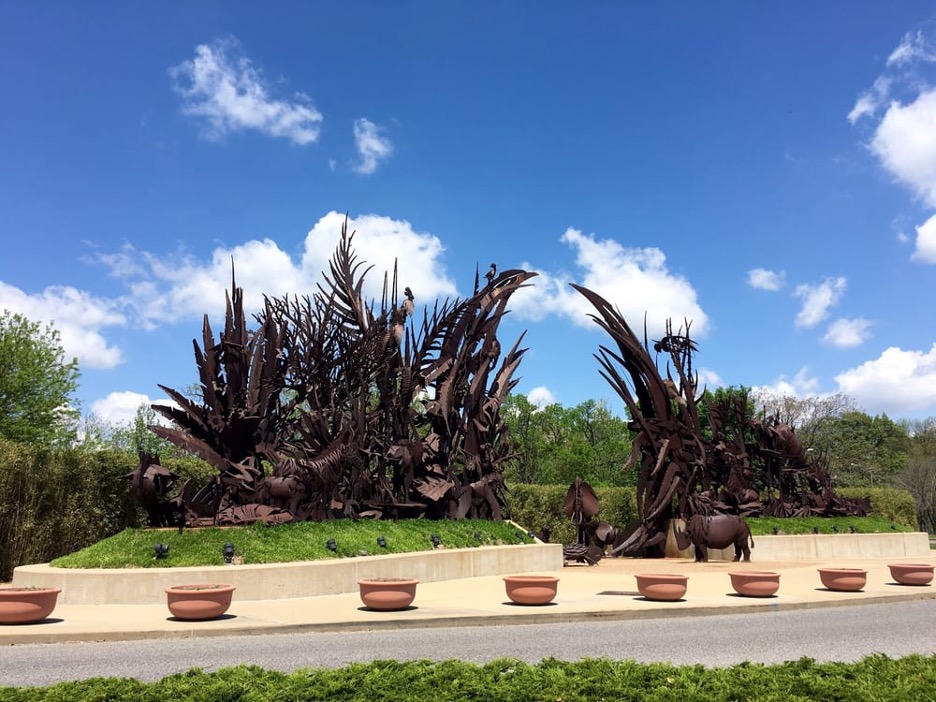
Image of St. Louis Zoo Entrance created by Albert Paley from St Louis Zoo website.
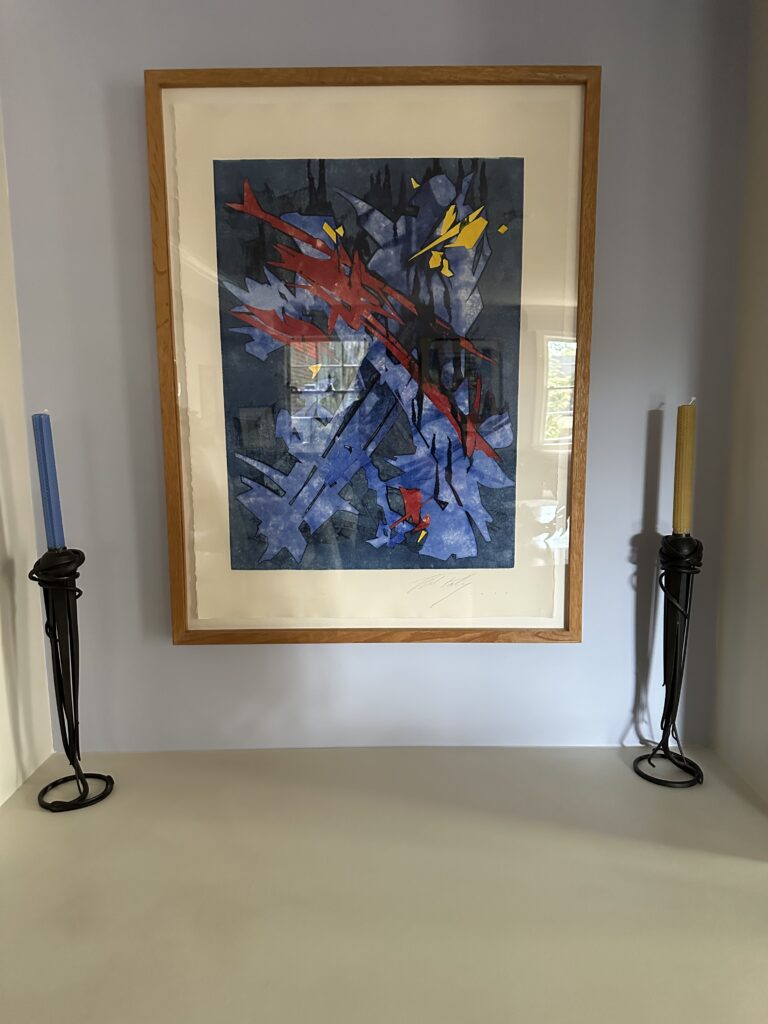
Candlesticks and lithograph by Albert Paley in the home of Dr. Klemm
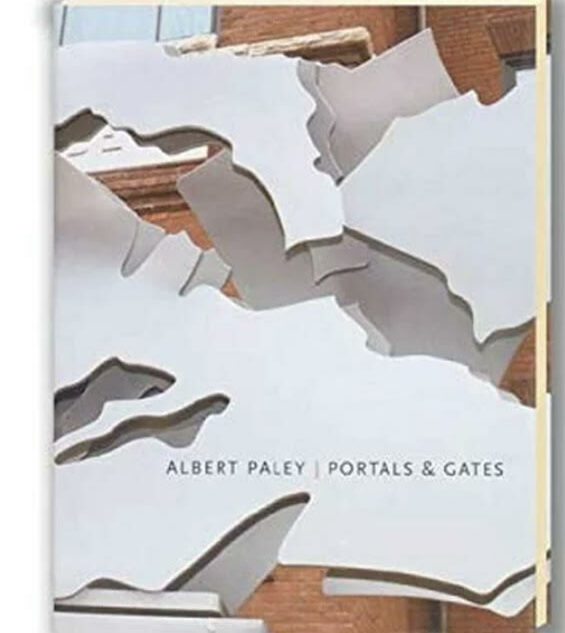
Book: Albert Paley: Portal & Gates with Transformation featured on the cover
Paley shares a career path comparable to Christian Petersen as they both started out as jewelry smiths and transformed into large-scale sculptural artists, shaping the ISU campus with their beautiful and innovative art. For additional information about Christian Petersen, go to the material presented on the physical book’s cover, Fountain of the Four Seasons and Veterinary Medicine Mural and The Gentle Doctor.
Relevant Terminology
Transformation: A transformation often relates to a major or dramatic change in the form or appearance of a place (such as a building or garden) or person.
Gateway: A gateway means different things depending on its context. Gateways have been used for centuries to transition from one area or stage to another, from the past to the present. Recently it has been adopted as a connection of two networks. As a barrier, it often provides protection and as a passageway it can control access.
Keystone: A keystone is a central stone at the top of an arch that serves to hold the arch together. Pennsylvania is known as the “Keystone State” due to its essential role in the founding of the United States.
Façade: A façade relates to the face of a building or an outward appearance. The façade of a building often looks onto a street or open space. As an outward appearance it may conceal inner secrets or mysteries.
Learning Guide

- What do you think the title has to do with the art?
- Why do you think Number Character 7 is speaking about Transformation?
- How does the shape of the red image with white numbers relate to the art? Can you find the shape in the art?
- How does the hidden blue image relate to Transformation”?
- How does the image on the right show a different view of Transformation?
- Do you think Transformation could be considered a façade to Morrill Hall?
- Why do you think that Albert Paley chose stainless steel to create his façade of the red brick of Morrill Hall?
- Can you think of any aspects of Transformation that suggest Paley’s background as a jewelry maker?
- Can you describe a connection between Transformation and a student’s journey as they cross this threshold going into Morrill Hall at Iowa State University?
- Why might Transformation have met with controversial discussions when planned and then installed?
- As you view Transformation, can you think of other major installations that met controversy when planned or installed?
The following two sculptures were controversial when they were installed but became popular over time.
I.M. Pei-designed Louvre Pyramid entrance to the Louvre Museum in Paris, France.

Image of Louvre Pyramid by I. M. Pei from the website www.pariscityvision.com
Cloud Gate by Anish Kapoor (known as “The Bean”) in Millennium Park, Chicago, Illinois.

Image of Cloud Gate, aka “The Bean” by Anish Kapoor from the website www.choosechicago.com
